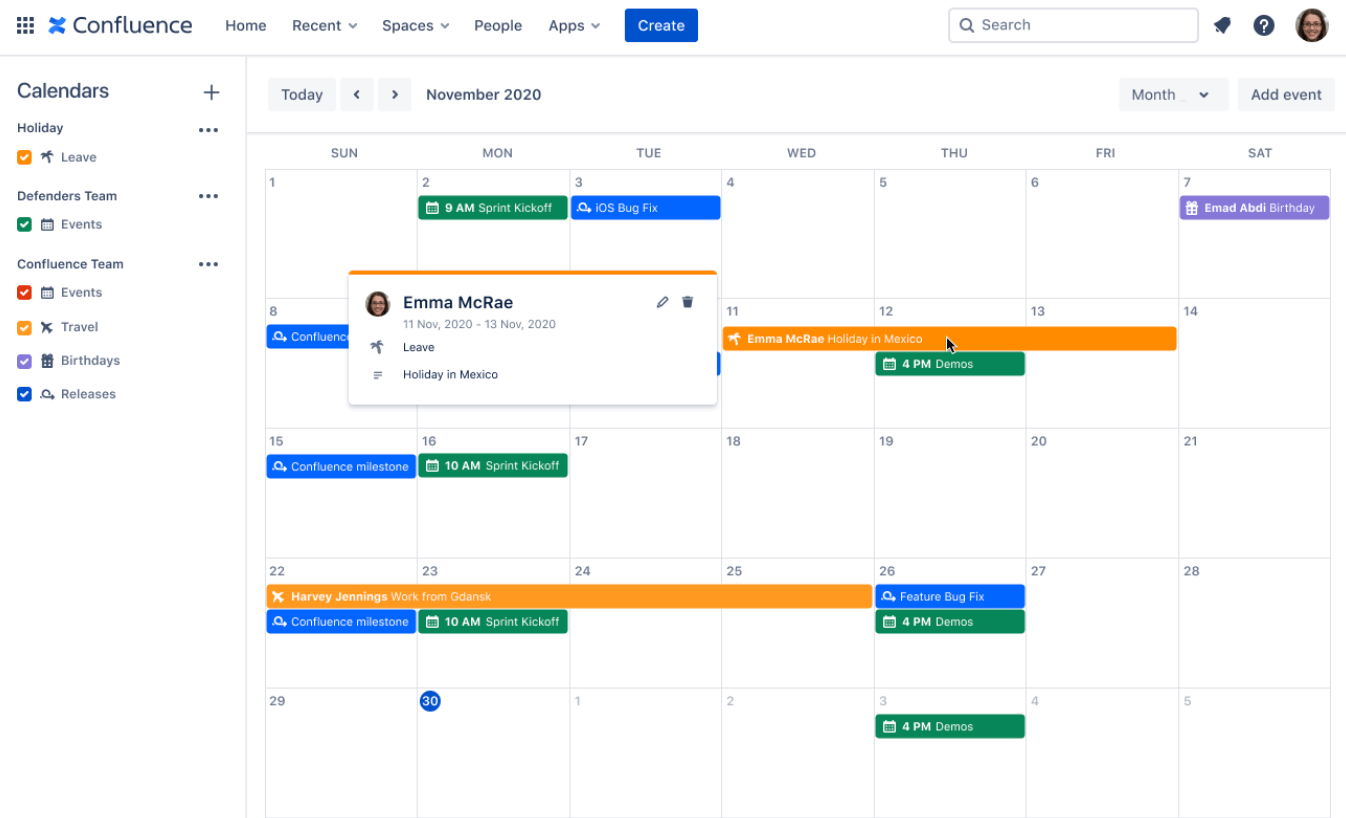
Agile Confluence, also known as Confluence for Agile teams, is a version of Atlassian's Confluence that is specifically tailored to support Agile methodologies and practices. Agile Confluence is commonly used by Agile development teams, including Scrum, Kanban, and other Agile frameworks, to enhance collaboration, communication, and documentation within the context of Agile project management.
Here are some of the Primary uses of Agile Confluence:
Sprint Planning: Agile Confluence provides templates and tools for planning and managing sprints in Agile projects. Teams can create pages for sprint backlogs, user stories, tasks, and acceptance criteria. This helps Agile teams plan their work effectively and track progress during a sprint.
User Story Documentation: Agile Confluence allows teams to document user stories, including details like user personas, acceptance criteria, and any additional information that helps the team understand and implement the user story.
Kanban Boards: Confluence for Agile teams often integrates with Atlassian's Jira Software, which is a popular tool for managing Agile projects. This integration allows teams to embed Kanban boards directly within Confluence pages. This makes it easy to visualize and track the progress of tasks on Kanban boards.
Retrospectives: Agile Confluence supports the retrospective process where Agile teams review and reflect on their work after each sprint. Teams can create pages for sprint retrospectives, allowing them to identify what went well, what could be improved, and actions for the next sprint.
Standup Meetings: Teams can use Agile Confluence to document and share the outcomes of daily standup meetings. This ensures that all team members are aware of what's happening and can collaborate effectively.
Burndown Charts and Reports: Confluence for Agile teams often provides macros and tools to create burndown charts and other Agile reports. These visualizations help teams track progress, identify bottlenecks, and make data-driven decisions.
Knowledge Sharing: Agile Confluence is a valuable tool for documenting and sharing knowledge within Agile teams. It can serve as a central repository for best practices, coding standards, and other team-specific information.
Integration with DevOps Tools: Agile Confluence can be integrated with various DevOps tools to facilitate the development and release process, enabling seamless communication and documentation between development and operations teams.
Customization: Teams can customize Agile Confluence to fit their specific Agile workflows and processes by creating and using custom templates, macros, and add-ons.
Cross-Functional Collaboration: Agile Confluence encourages cross-functional collaboration between development, QA, design, and other teams, promoting a more holistic approach to Agile project management.
Agile Confluence is a powerful tool for Agile teams that need a collaborative platform for planning, tracking, and documenting their Agile projects. By providing features and templates tailored to Agile methodologies, it streamlines the Agile development process and enhances the team's ability to work cohesively and effectively.
Thank you.